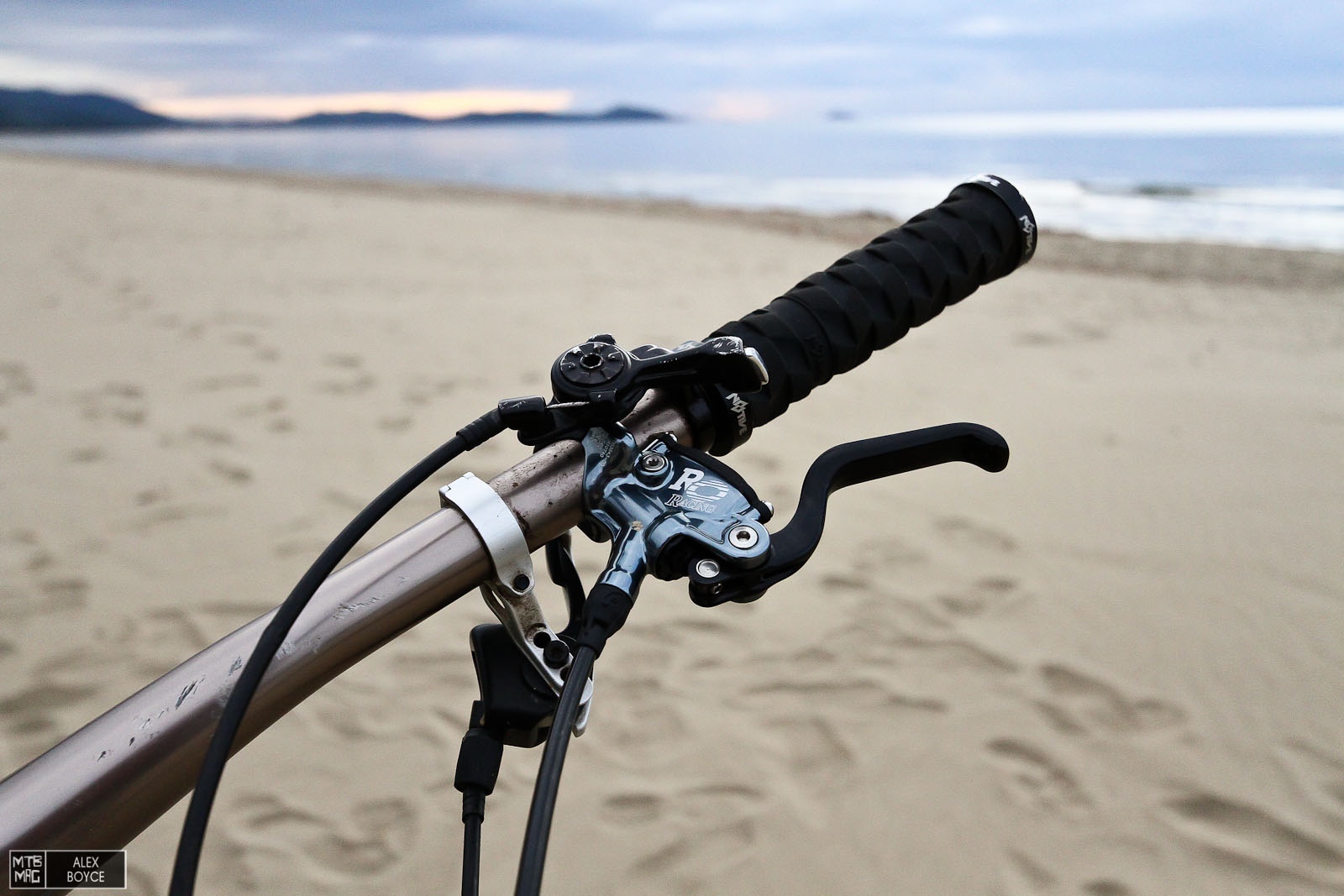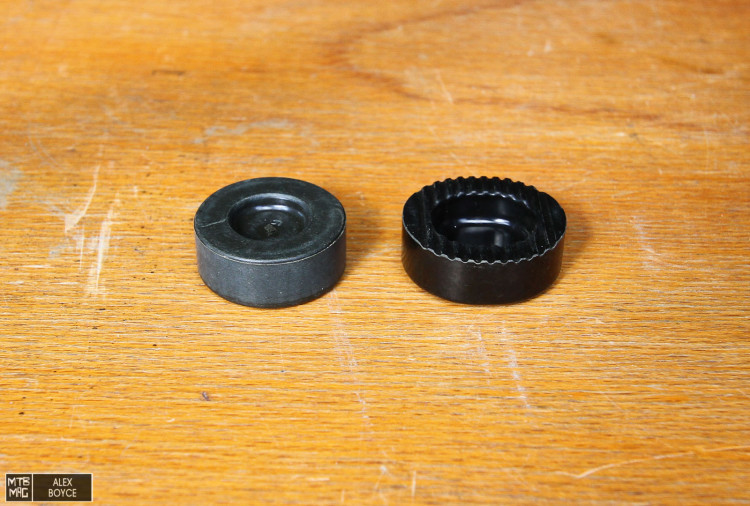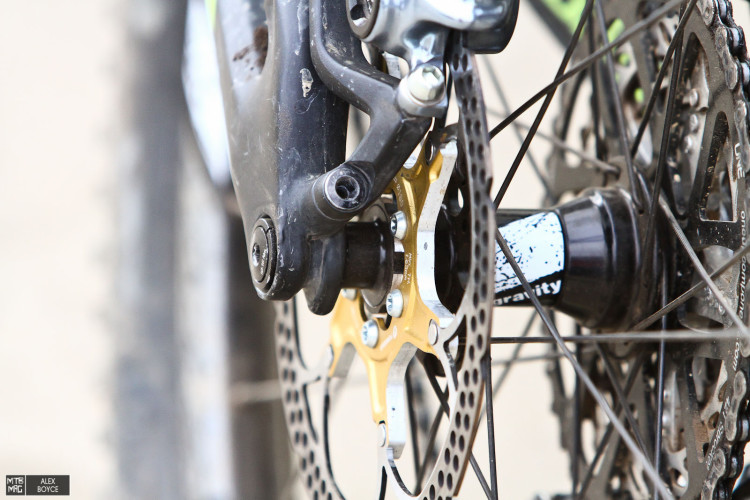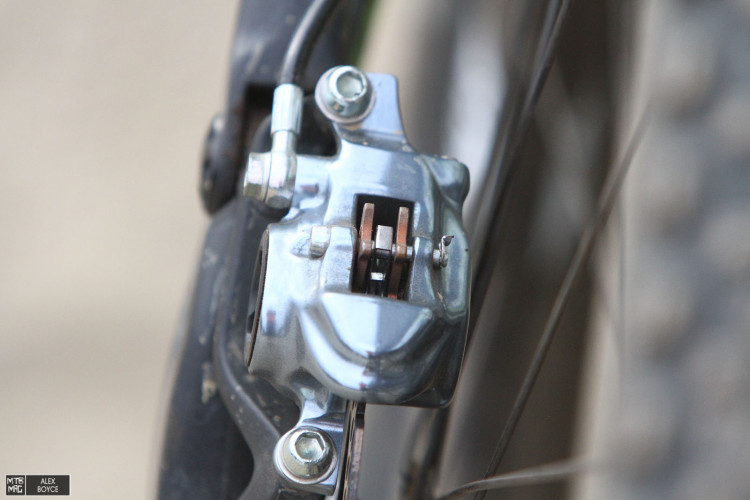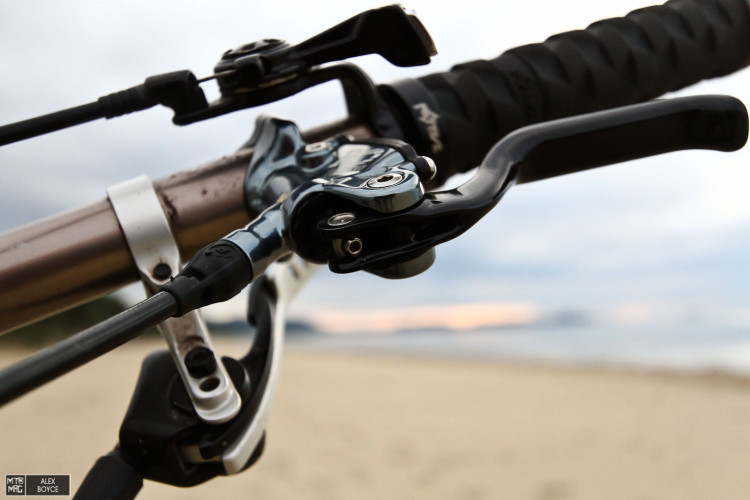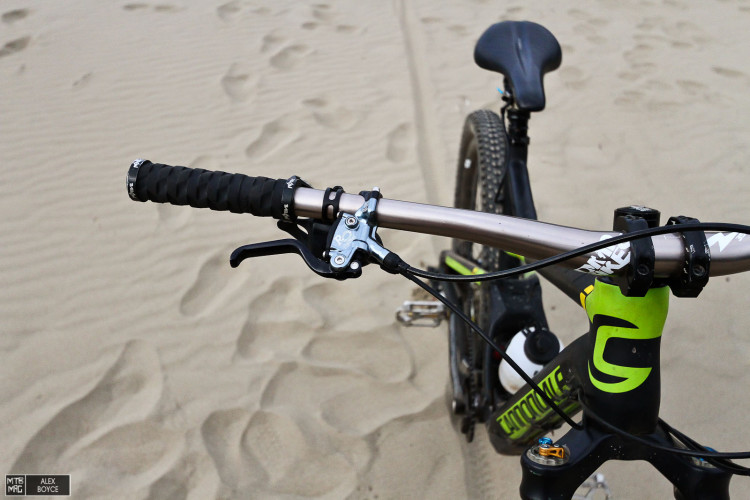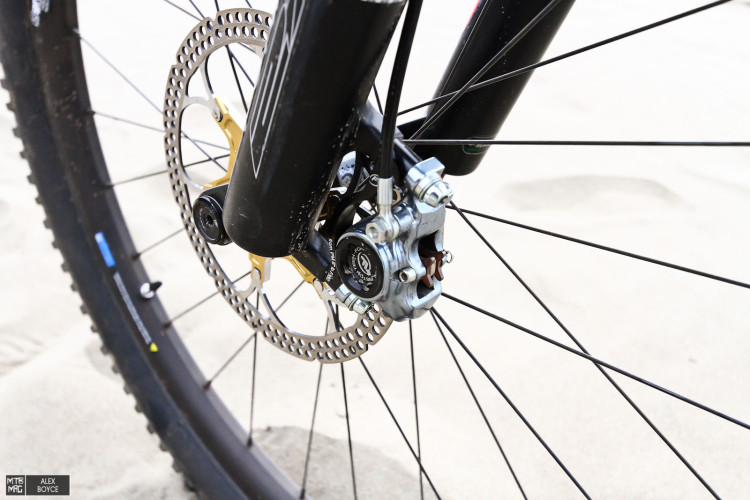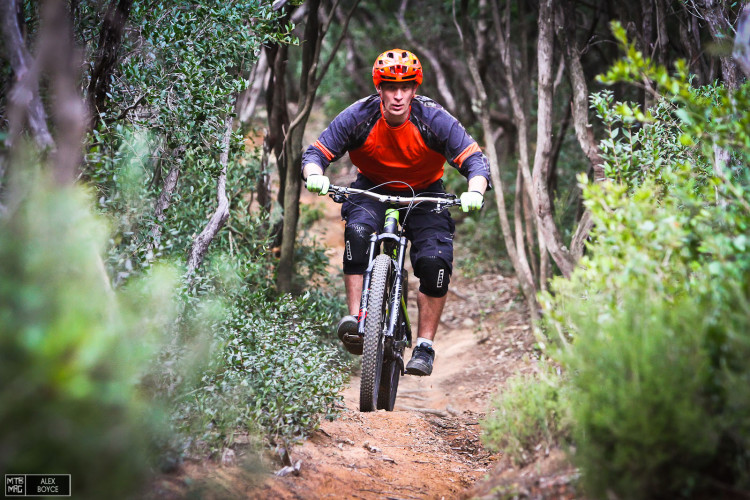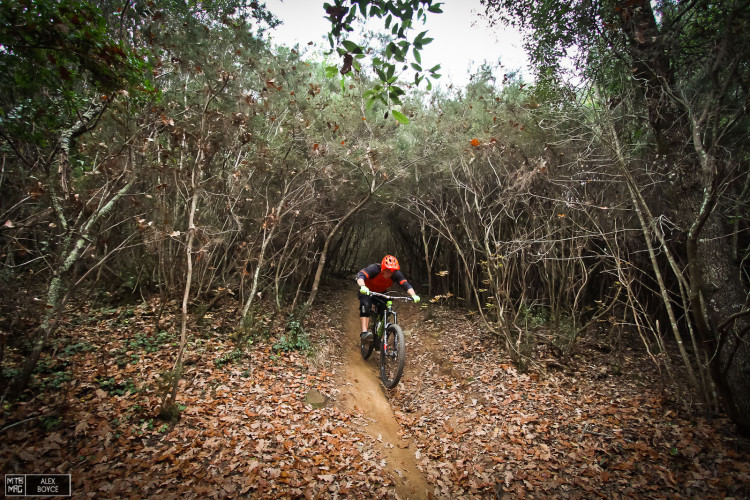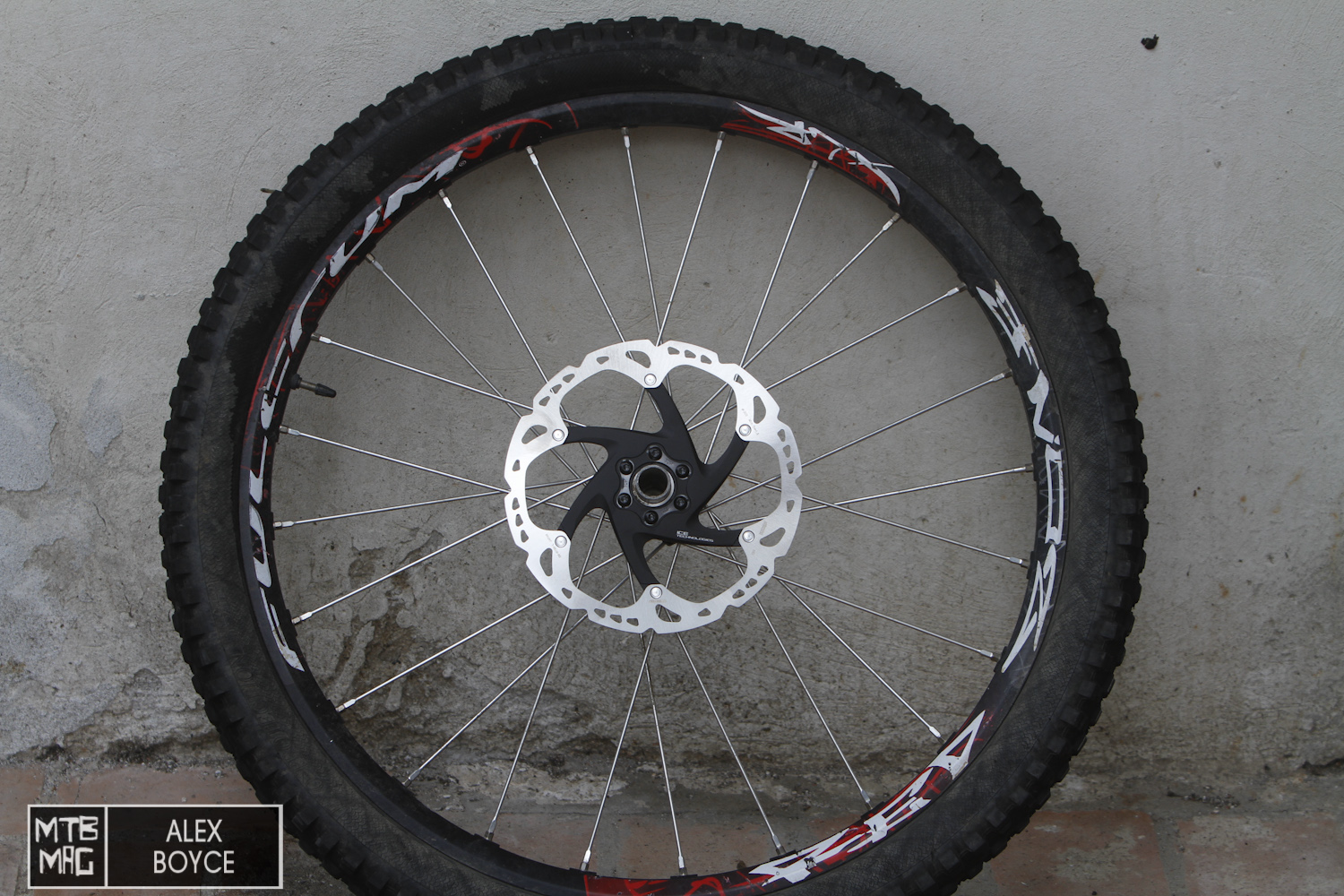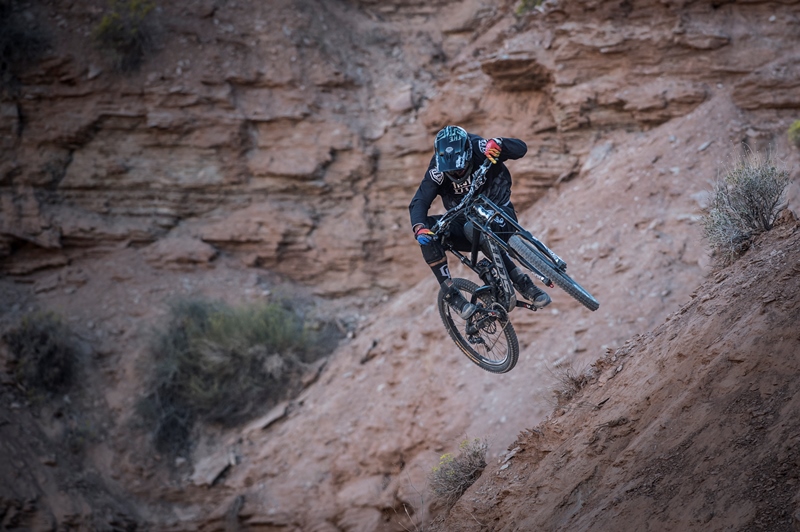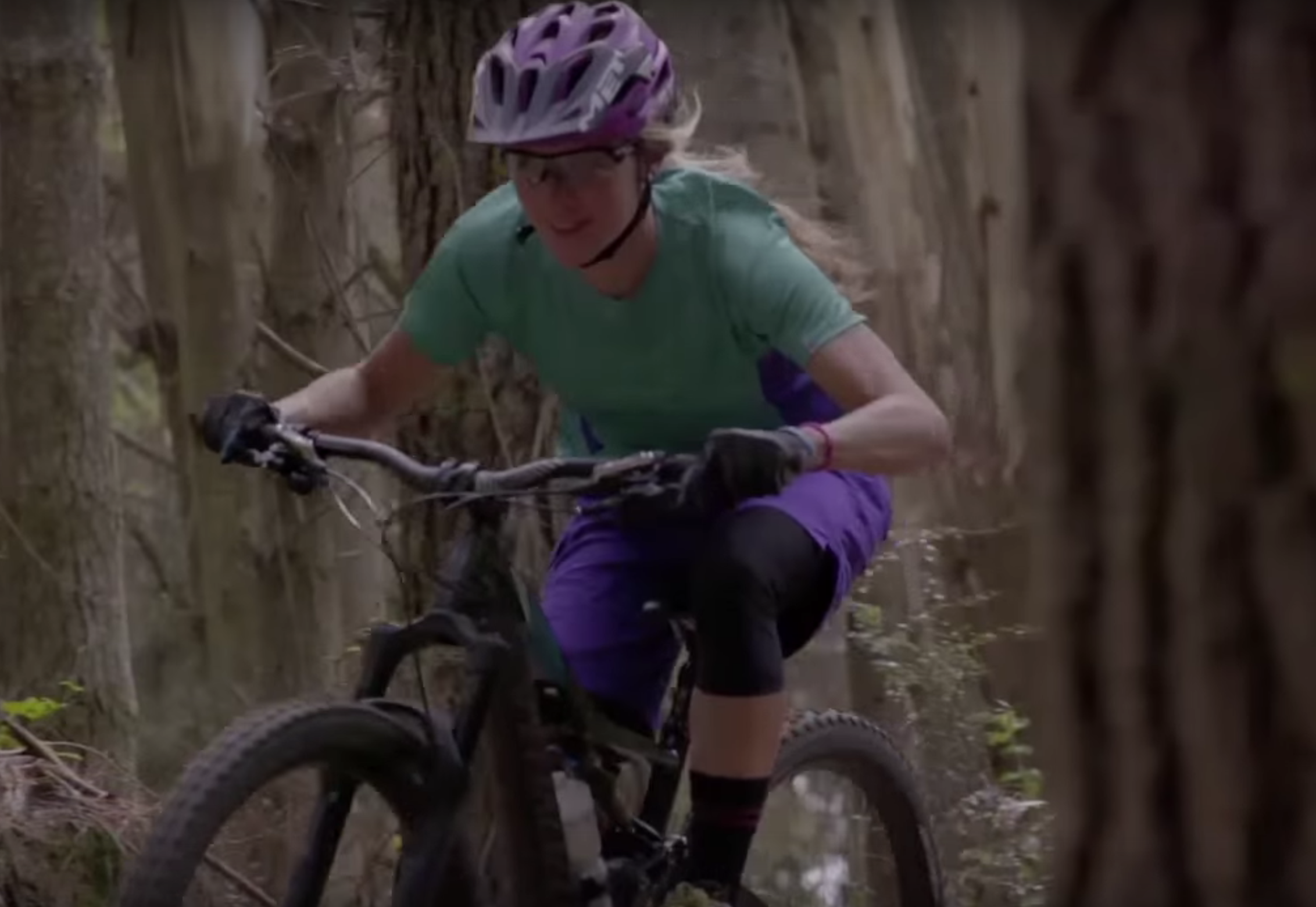[ad3]
A while back we spent some time with Formula Italy doing some back to back riding and testing of their Racing line up of brakes with a mechanic on hand. Since then, we have been putting the RO racing brakes through their paces for the last months and have formulated some ideas on how these brakes are in a real world. Read on to see what we thought.

Shiny brakes from Formula, but do they stop?
Specifications
| Master Cylinder | Forged Radial Pull Style |
| M/C Body Finish | Anodized Titanium |
| M/C Clamp Color | Forged Glossy Black |
| M/C Screws | Titanium |
| Lever Blade | Forged Aluminum, anodized glossy black |
| Caliper | PM6 forged one-piece body with Oval pistons (Ø25.4mm equivalent) |
| Caliper Body Finish | Anodized Titanium |
| Pad Type | Sintered Compound |
| Hose Length | 100cm front/165cm rear |
| Feeling Control System –FCS | Compatible |
| SpeedLock | Compatible |
| MixMaster | Compatible |
| Brake Pads | All Compatible |
| Rotors | All Compatible – 6H and Center Lock |
| Weight | 340 grams per end |
| Price | € 580 |
The interesting thing about looking at the specifications on paper is the abundance of the use of the word titanium and forged. Everything about the finish of the RO Racing is screaming quality and strength. Formula have taken a no compromise approach to the RO Racing brake. Each part has been studied and optimised with surface finishes, bearing choices, sealing material compounds and cable designs being chosen to minimise friction, improve strength and performance.
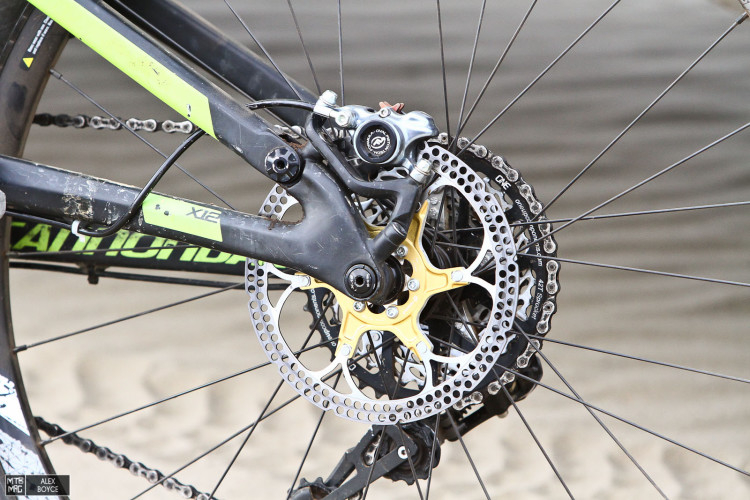
From a distance, the brake calipers look low profile and streamlined, beneath that huge piston cap is a 25mm oval shaped piston, ready to do some serious stopping.
The RO Racing piston is on the right, oval in shape and with a textured contact area for the back of the pad, a large surface area optimisation and heat dissipation related design work together.
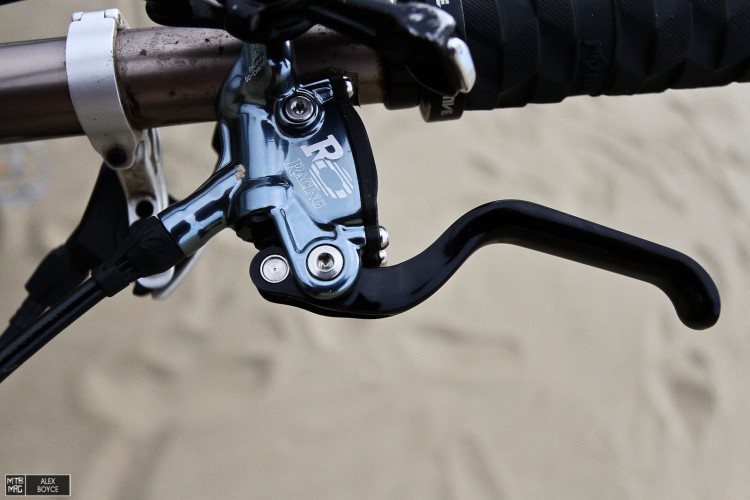
Up close with the lever. That is a very shiny forged pull piston design lever, the surfaces are all oozing quality, the bleed port screw is raised and easily accessible.
Disc detail, precision finish and good looks.
The caliper’s pads are held in place with a standard industry style retaining bolt design and in this case a mini cir-clip.
Formula have taken a less is more approach to their racing line up, with the reach adjustment being carried out by a tool rather than a tool-less approach. Formula prefer the look and finish like this and it fits with their Racing ethos which is highly influenced by their pro riders, plus honestly we didn’t need to fiddle that often so we didn’t miss it either.
The cable interface in this case is not their quick connect system, but a standard bolt and olive style connector.
We ran our front caliper with a 180mm disc.
On The Trail
In the last year we have had quite a few brakesets pass through our hands, with each one wielding a slightly different behaviour to the previous. Almost all brakes when out of the box work pretty well, once you bed them in, heat them up, push them to the limit a bit things can change. After a longer period of time and more late braking situations, you start to notice which ones stand out. Formula’s RO Racing brake surprised us with how their performance remained stable and precise during our testing.
We set-up our braking system with 180mm discs front and rear. We also regulated our lever to bar distance to our comfortable preferred riding position and left it at that. In fact during our whole test we did not feel the need to touch it again, as pad to disc contact remained consistent. It’s also worth noting we run the lever quite close to the bar, leverage in this position remained good. We used the sintered pads and replaced them once on the rear.
Punta Ala gives us some good 20 minute runs to test our brake performance, like trail 301.
Lever feel is the first thing to note with the Formula RO Racing, every surface and moving part has been treated and polished, the lever itself is forged and has a comfortable ergonomic feel to it. Squeeze it and you feel a constant positive response in the system. With the RO Racing, we were able to distinguish that positive response clearly by knowing precisely when the pads were coming into contact with the disc. Not all brakes give that feedback and can feel a bit vague. After a short period of bedding in, the RO Racing was a very grabby brake. Braking power once the pads start to really bite is immense, with tyre choice and trail conditions being a heavy indicator of how quickly you are going to slow down.
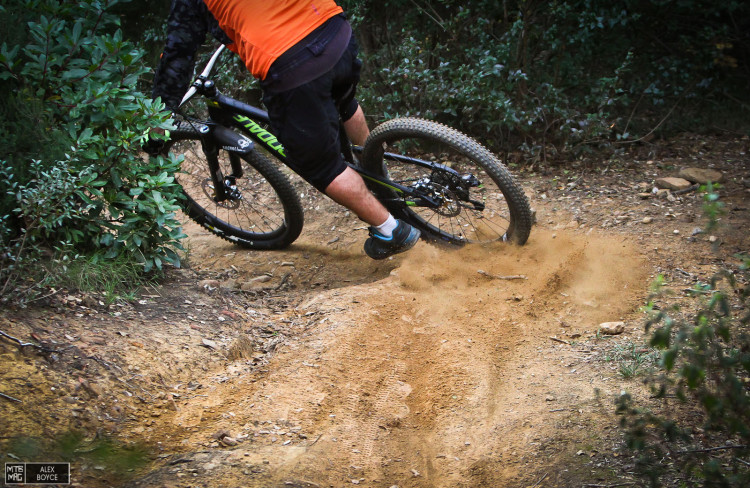
Grippy tyres and good brakes = sideways fun and great stopping power.
Despite scrubbing the brakes and heating them a bit before reaching full lock up, power remains consistent, even after a good bout of heating, fade was minimal to non-existent. Fade though is only one part of heating a brake, often a brake can feel pumped up as it heats up and the bite point changes, subsequently brakes can feel hard and tiring on the hands. The RO did not demonstrate this at all. We found that the feel in the lever and modulation was always pretty much the same, more so than any other brake we have tried to date in the conditions we were riding in. The stopping power was there when you needed it, including when conditions where wet and gritty.
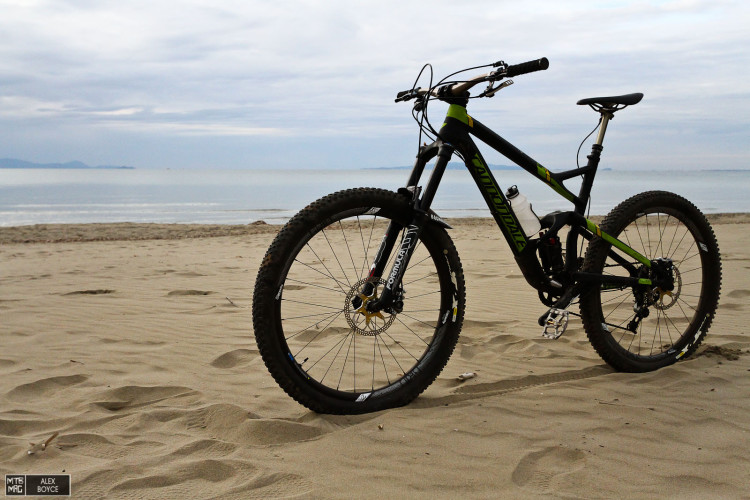
The RO Racing set up on our test rig.
Now we get to the point that we really liked about the RO, disc size. We have always run a 200mm disc up front and a 180mm behind. Formula when testing the first days with us really pushed us to run the 180mm disc up front. We were skeptical of this but the extra weight saving and reliability under heat convinced us that 180mm was plenty suitable for the riding we’ve been doing. We felt absolutely no loss of power in braking. Technology has really moved on in the last years to produce a two piston brake that can deliver what we want. The extra leverage in this case that a 200mm disc would provide on the front, is just not needed on the trails we were riding. Out back, 180mm was more than sufficient, we did not need to go bigger at all, in fact we think 160mm rear discs might even cut it just fine.
When you use a smaller disc the advantages are fairly clear, less weight and better clearance from trail side objects. Our disc remained straight and quiet during testing. We did not “glaze” our rotors from over braking either, it seems the forged caliper and piston design dealt with heat management well. We only used one set of pads during testing, pad materials seemed to strike the right balance between durability and stopping performance.
The end of the line, and the RO Racing are still working.
Conclusion
Our trail time aboard the RO Racing has been fantastic in all aspects of riding; corners, rough chatter, smooth long fast sections, all had the same characteristic, when you needed to grab a handful of brakes or just scrub a bit to keep things under control the RO Racing was there, performing precisely and consistently. The RO Racing is a high-end product that doesn’t come cheap, but quality is second to none and reliability has been great in the last months.
There is a lot to like about the RO Racing; if your wallet can handle it then it’s definitely worth the effort to put these on your bar. Formula have really put a line in the sand within the top end Enduro/Gravity brake market that questions the necessity of four piston brakes with their high end well modulated two piston oval design.
Formula Italy
Test Center: Punta Ala

